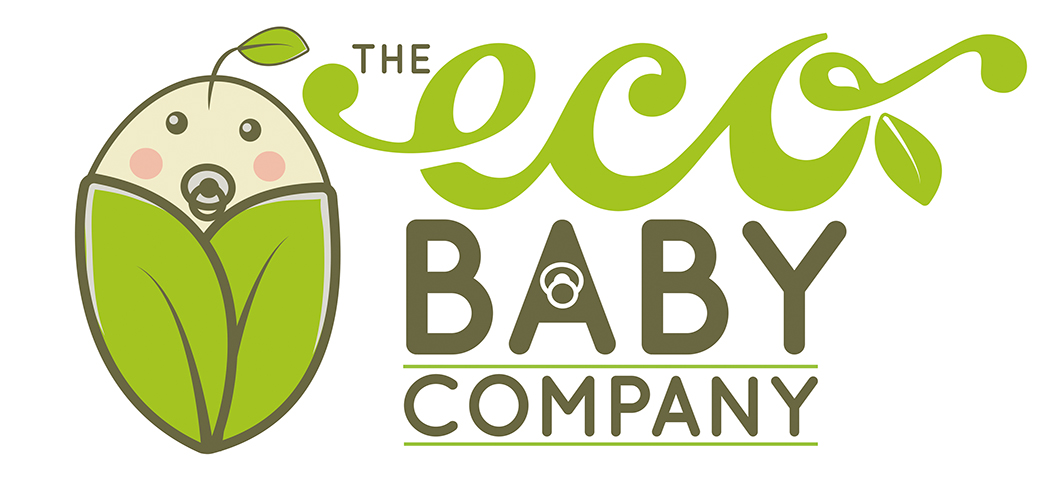The African Baby Carrier - Original
Using the benefits of modern materials, the African Baby Carrier assists caregivers in going about their daily business while creating a healthy supportive environment for their child. It provides strong support for the correct development of baby's spine and hips, and the specially designed hood provides 100% support for baby's head while sleeping.
Product Features at a Glance:
- Used from 4 months of age/as soon as the baby can hold its own head, until 3 years of age or up to 20kg’s
- Incredibly light weight at 580 grams
- Most of the weight of the child sits on the hips instead of the shoulders because of the padded hip belt
- The buckles allow for easy and efficient strapping and unstrapping
- Child has freedom of arm movement
- The hood, which supports the sleeping child’s head, is adjustable as they grow
- The design protects the child from over-stimulation in the environment
- Machine washable as is on gentle 30 degree cycle
Suitable For
Ideally the baby should be carried on the front of the care giver during the first 3 – 5 months. Thereafter on the back.
Clockwise Guide:
1. Hood and hood straps
2. Chest strap
3. Hood strap ring
4. Shoulder strap
5. Waist buckle
6. Small pocket
7. Padded waist belt

For most of human history, mothers have carried their babies close to their bodies, not only to leave their hands free for the multi-tasking all mothers perform, but also, as research has proven; because babies are always happiest when in close proximity to the bodies of their caregivers. The benefits of Babywearing are now widely acknowledged and, while in the West we have only recently rediscovered these benefits, Babywearing is still the most universally practiced baby carrying method worldwide.
Explore using the carrier to find which method is most comfortable for you. Practice with the help of a mirror or close to a bed.
5 ways to use your carrier:
- front

- hip / back, 1st method

- hip / back 2nd method

- piggy back method

- using the hood

Ideally the baby should be carried on the front of the care giver during the first 3 – 5 months. Thereafter on the back.
Product Benefits at a Glance:
- Facilitates and improves attachment and bonding
- Reduces colic and crying
- Mother’s heart beat and breathing support and stimulate baby’s physical functions
- Excellent head and neck support
- Splayed legs facilitate better development for hips, legs, and spine than dangling legs
- Reduced incidence of, and improvement of existing, ‘flathead’
- Reduced incidence of SIDS (cot death)
- Improved milk supply as baby wearing increases lactation
- Frees the care giver, allowing far greater freedom of movement and action than would a pram
- Lowers the incidence and severity of post natal depression
Made in Africa with love
Product Origins:
This baby carrier is a pure African product, handmade from the finest and most durable cottons. Khanyisa Products, where African Baby Carriers are made, is an initiative which aims to teach previously disadvantaged woman, who already know a bit about sewing, how to use an industrial machine, enabling them to either earn a living form home or in the atelier.
Nozabathini was born in 1964 in Queenstown. She has 2 children and one grandchild. It was in Queenstown that she first was trained to sew. She worked as a machinist in a factory there until it closed, and then moved to Cape Town. Although a qualified machinist, her employment card – which at that time she, like all ‘non-white’ South Africans, was forced to carry under Apartheid Pass Laws – did not read machinist, and so she was unable to get work at the factory in Woodstock when she applied. Instead she worked as a domestic worker in Cape Town for a number of years. She says of her wishes for the future, and for African Baby Carrier: “I wish the business can grow so that I can become full-time. It’s nice to work here but it is not permanent because the business is not big. We would like it to grow.”
Nosakhele was born in Stellenbosch in 1965. She lives in Masiphumelele near Fish Hoek, as do her two daughters and 3 grandchildren. As a child, she spent time in Beaufort, and three years with an aunt in Cape Town. She learnt sewing from her mother when she was 16 years old, and from that time it became her dream to sew for a living. She worked in a bakery for 5 years and as a domestic worker for 3 years, but held her dream of sewing alive, until she found work with Khanyisa Products. Nosakhele also makes beautiful clothes for clients.














































































